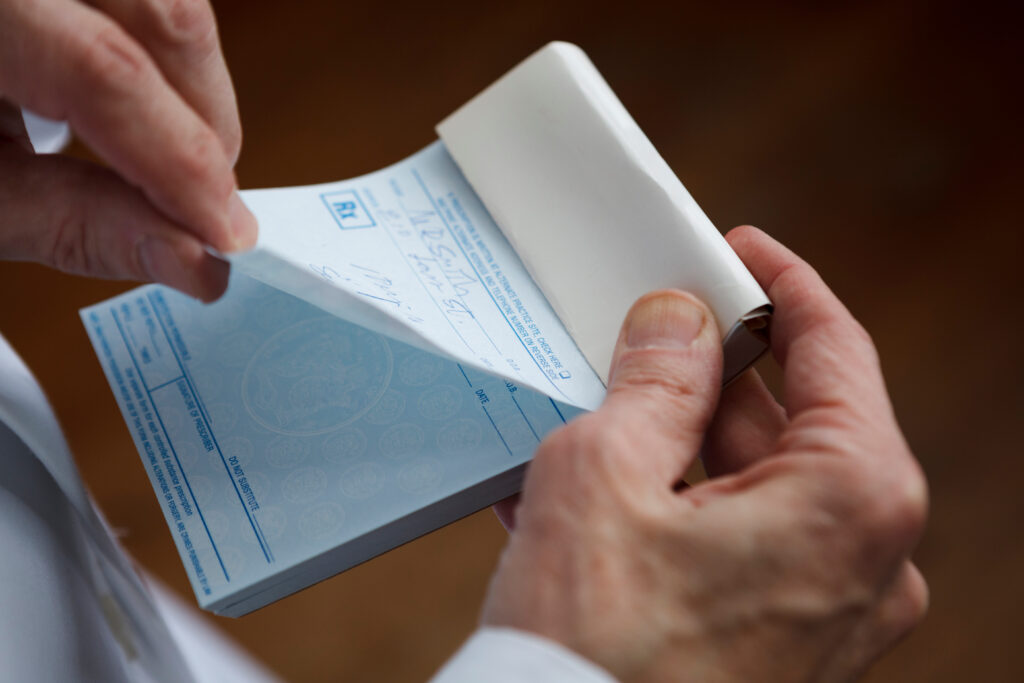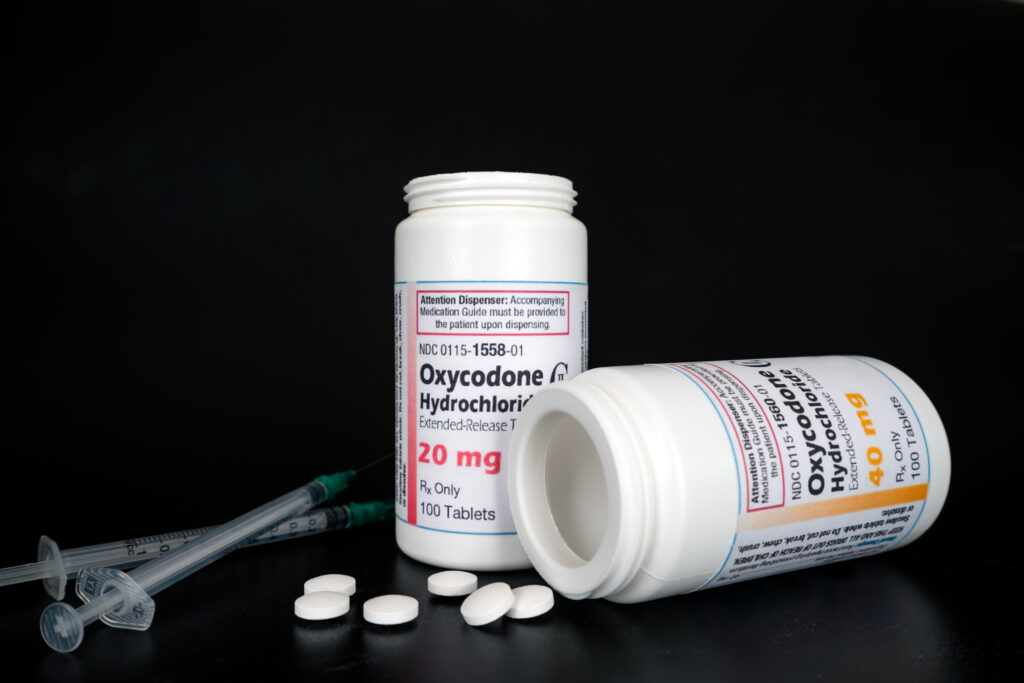What Is Addiction?
Addiction is a chronic medical condition that is treatable with personalized and comprehensive care. It occurs as a result of complex interactions among brain circuits, genetics, the environment and an individual’s life experiences.
Common Symptoms
- Continued addictive behaviors despite a negative impact on relationships, finances or health.
- The inability to minimize or stop addiction.
- No longer doing activities that someone once enjoyed.
- Continued substance use mostly to avoid feeling sick.
Addiction is a complex condition that can be likened to a chronic disease. It’s not a matter of weak willpower; rather, it involves changes in the brain that make it challenging to stop using a substance. Substance use disorder, on the other hand, refers to the point at which drug use begins to disrupt a person’s life, causing significant distress and impairment. It’s important to recognize that these definitions are rooted in medical science, and they provide a framework for understanding addiction as a health issue rather than a moral failing.
The Stages of Addiction

Experimentation
At this initial stage, individuals often find themselves curious about substances. It might start with peer pressure or the desire to fit in. Experimentation is typically characterized by sporadic and relatively harmless use. For many, this phase doesn’t raise significant concerns, as it resembles a natural part of adolescence.
The presence of fentanyl has made drug experimentation much riskier. Fentanyl is an opioid that’s sometimes mixed into illegal drugs like heroin or pills without people knowing it. Even a tiny bit of fentanyl can be deadly, and it’s hard to tell how much is in a drug. When people use these drugs, they might unknowingly take a lethal dose, leading to overdoses and deaths.

Regular Use
The journey continues as experimentation evolves into regular use. This phase can sneak up on individuals, and before they realize it, they’ve established a routine of substance consumption. It might start with occasional use during social events or to manage stress, but it soon becomes a regular habit. The experience often involves a sense of relaxation or relief, which reinforces the behavior.

Risky Use and Problem Use
As the journey progresses, things can take a troubling turn. Risky use and problem use are characterized by the emergence of negative consequences. Individuals in this phase may start neglecting their responsibilities, such as work or school. They might find themselves in legal trouble due to their substance-related actions, which can further complicate their lives. Relationships may become strained, and a sense of isolation can set in. It’s a phase marked by increasing distress and challenges.

Dependence and Addiction
This is the destination no one wants to reach. Dependence and addiction are marked by an overwhelming urge to use the substance, both physically and mentally. At this stage, the experience is often one of desperation. Individuals feel trapped by their cravings and may want to quit but find it excruciatingly difficult. The substance becomes a central focus of their lives, leading to health problems, damaged relationships and sometimes even legal consequences. The experience is characterized by a loss of control and a sense of hopelessness. People often say substance users need to hit “rock bottom” in order to change, but unfortunately “rock bottom” is death in many cases, especially for opioid users.

Recognizing Warning Signs and Seeking Help
Recognizing addiction warning signs can be challenging, but it’s a crucial step in the journey. The signs often manifest as shifts in behavior, mood and physical well-being. For example, individuals may become increasingly secretive about their substance use, isolate themselves from loved ones or experience withdrawal symptoms when not using. Recognizing these signs can be distressing, both for the individuals themselves and for those who care about them.
Seeking help is a significant turning point in the journey. It can be daunting, as it requires admitting that there’s a problem that can’t be overcome alone. However, it’s also a moment of courage and hope. The experience of seeking help is one of both vulnerability and strength—a recognition that change is possible.

The Road to Recovery
The reality is the journey to recovery is a path filled with challenges, but it’s also brimming with hope and possibility. It all begins with the important realization that change is needed, and when you make that commitment, you’ve already taken a significant step forward. But committing to recovery doesn’t mean you have to be perfect.
Recovery is a journey marked by its twists and turns, moments of progress and occasional setbacks. It’s during these times that you truly discover your inner strength, resilience and personal growth. You’ll likely face both physical and emotional challenges, from dealing with withdrawal symptoms to managing cravings and adopting healthier habits. This process can be tough, but that’s where the support of professionals and the understanding of peers come in, providing invaluable help along the way.
It’s also an opportunity to rebuild relationships and rediscover joy and purpose in your life. Remember, you’re not alone on this journey. There’s hope for a brighter, healthier future and with your determination and the right support, recovery is not just a dream — it’s entirely attainable. Keep taking those steps, one at a time, because each one brings you closer to the better life you deserve and it’s okay not to be perfect along the way.

Throughout the journey, remember that you are not alone. There is always hope for a brighter and healthier future, and with the right support and determination, recovery is possible. Continue to progress one step at a time, knowing that each step brings you closer to a better life.
Start Your Journey to Recovery
Help for Addiction
Find services, treatment facilities, research-backed educational materials and 24-hour support for substance use and mental health disorders.